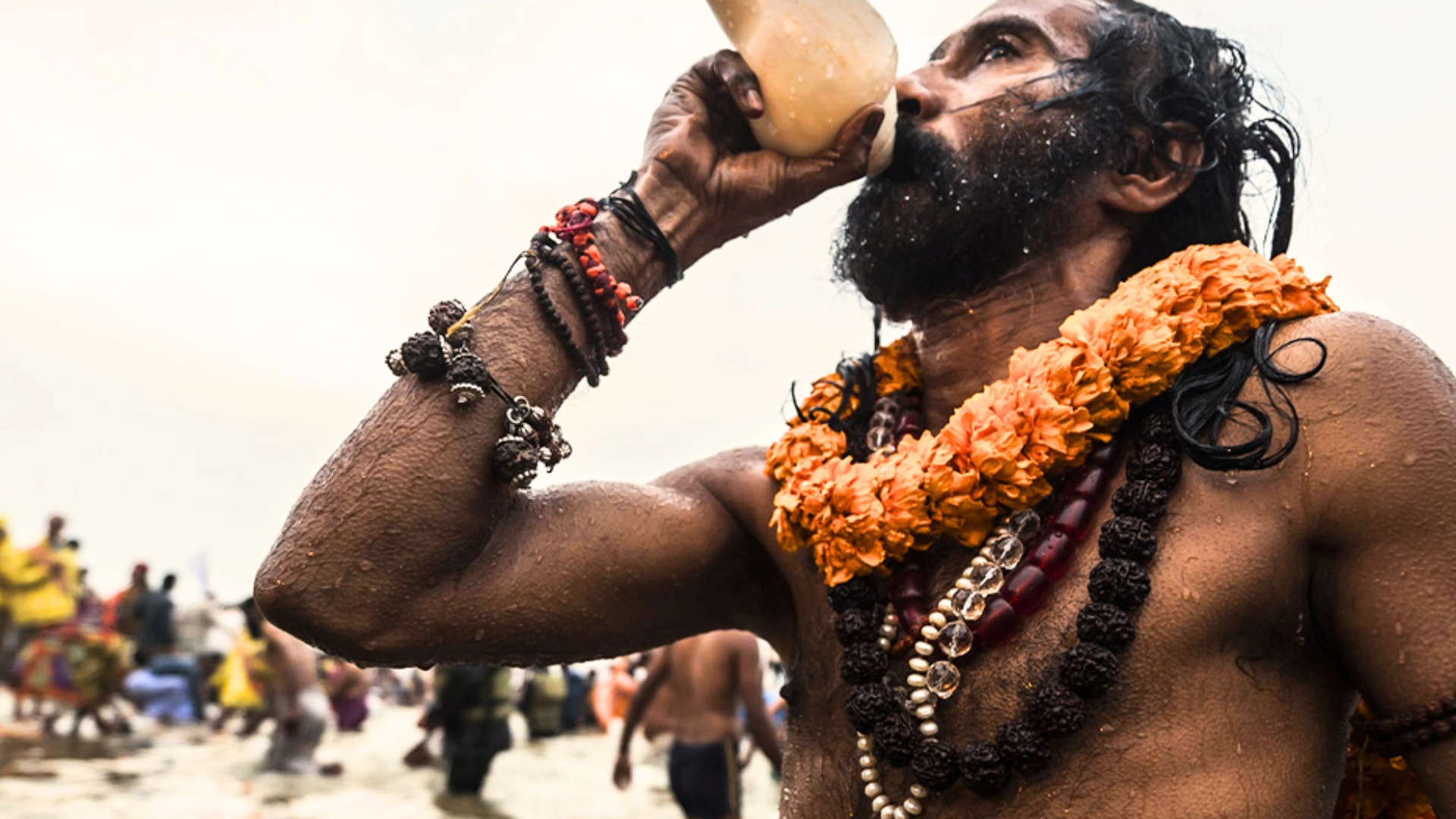The Maha Kumbh Mela is more than just a modern-day festival; it is a spiritual and cultural event with deep historical roots that go back thousands of years. The origins of this great event are interwoven with ancient Hindu mythology, astronomy, and India’s rich religious heritage. Understanding the history of the Maha Kumbh Mela offers us a glimpse into the cultural significance that this event holds for millions of Hindus.
1. Mythological Origins: The Churning of the Ocean
The history of the Maha Kumbh Mela is closely tied to the Hindu myth of the Samudra Manthan or the churning of the ocean. According to the story, the gods and demons worked together to churn the ocean in search of the “amrit” or nectar of immortality. During this cosmic event, a Kumbh (pot) containing the nectar was created, and it is believed that drops of this divine nectar fell at four locations: Prayagraj, Haridwar, Ujjain, and Nashik. These places later became the sites of the Kumbh Mela.
2. Ancient Rituals and Practices
Historically, the Kumbh Mela has been celebrated for thousands of years. The earliest references to the festival are found in ancient texts, including the Puranas, where it is described as a time when the gods would descend to earth to bless the devotees. Early rituals involved not only bathing in the holy rivers but also performing sacrifices and prayers to purify the soul.
3. The Evolution of the Kumbh Mela
While the Kumbh Mela was initially celebrated by small communities and local devotees, over time it grew in scale. In the Gupta period (around 4th-6th century CE), the festival began to attract larger crowds as rulers supported the event, building temples and bathing ghats along the sacred rivers. This period marks the beginning of the event’s transition from a local festival to a pan-Indian spiritual celebration.
4. The Role of Kings and Rulers
From the 12th century onwards, the Kumbh Mela became an event with royal patronage. Kings and rulers from various parts of India participated in the festival, offering riches and performing rituals that added grandeur to the event. The Mughal emperors, especially during the reign of Emperor Akbar, showed respect for the Kumbh Mela, granting land and resources for the festival.
5. The Modern Kumbh Mela
The modern-day Kumbh Mela, which occurs every 12 years, grew into a global event after India’s independence in 1947. The central government, along with state authorities, took steps to organize the festival on a much larger scale, including the construction of modern infrastructure, better accessibility, and the establishment of security measures. The Kumbh Mela now attracts not only millions of Indian devotees but also tourists and spiritual seekers from around the world.
6. The Spiritual Significance
At its core, the Kumbh Mela remains a deeply spiritual event. It is believed that taking a dip in the holy rivers during the Kumbh Mela washes away sins and brings liberation (moksha). The event’s ancient roots are still felt in the rituals performed by millions of pilgrims who consider the festival a way to connect with the divine.
The Maha Kumbh Mela is not just a religious gathering but a living testament to India’s enduring spiritual legacy, showcasing its historical, cultural, and mythical depth that continues to resonate with devotees and spectators alike.
ALSO READ: 8 Surprising Facts About The Maha Kumbh Mela You Need To Know






















